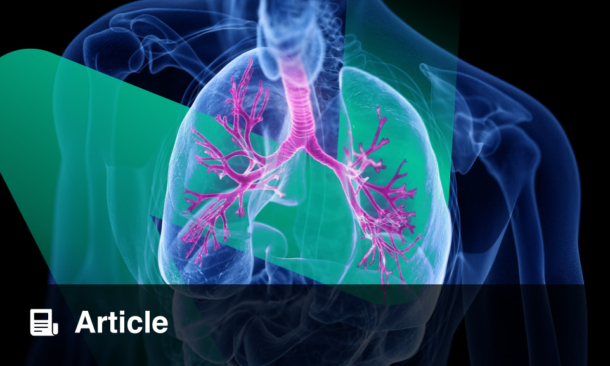A NEW global analysis of lung cancer incidence has uncovered significant geographical and temporal variations in histological subtypes, highlighting the evolving burden of the disease.
Using data from GLOBOCAN 2022, Cancer Incidence in Five Continents, and the African Cancer Registry Network, researchers assessed lung cancer cases across 179 countries, examining subtype-specific trends and the role of ambient particulate matter (PM) pollution. By calculating age-standardised incidence rates (ASRs) per 100,000 people, the study quantified subtype distribution by sex and region while also evaluating historical trends from 1988–2017 in 19 countries through joinpoint regression and age-period-cohort analysis.
In 2022, there were an estimated 1.57 million new lung cancer cases in males, with adenocarcinoma (45.6%) being the most prevalent subtype, followed by squamous cell carcinoma (SCC, 29.4%), small-cell carcinoma (11.5%), and large-cell carcinoma (6.5%). Among females, adenocarcinoma dominated (59.7%) the 908,630 cases, while SCC (17.1%), small-cell carcinoma (9.7%), and large-cell carcinoma (6.5%) followed.
East Asia recorded the highest ASRs for adenocarcinoma in both sexes (27.12 per 100,000 males; 19.04 per 100,000 females), whereas small-cell carcinoma was most common in Eastern Europe for men (21.70 per 100,000) and North America for women (5.28 per 100,000).
Small-cell carcinoma rates peaked in Eastern Europe for men (9.85 per 100,000) and North America for women (4.28 per 100,000), while large-cell carcinoma was most frequent in North Africa for men (4.33 per 100,000) and Northern Europe for women (2.87 per 100,000). Additionally, 114,486 male and 80,378 female adenocarcinoma cases were attributed to PM pollution globally, with ASRs of 2.35 and 1.46 per 100,000, respectively.
The study highlights the heterogeneous nature of lung cancer epidemiology and its evolving risk landscape. With clear regional disparities and an increasing burden of adenocarcinoma, particularly in women, further investigation is needed to elucidate environmental and behavioural risk factors driving these trends.
Ada Enesco, EMJ
Reference
Luo G et al. Estimated worldwide variation and trends in incidence of lung cancer by histological subtype in 2022 and over time: a population-based study. Lancet Respir Med. 2025; DOI:10.1016/S2213-2600(24)00428-4.







